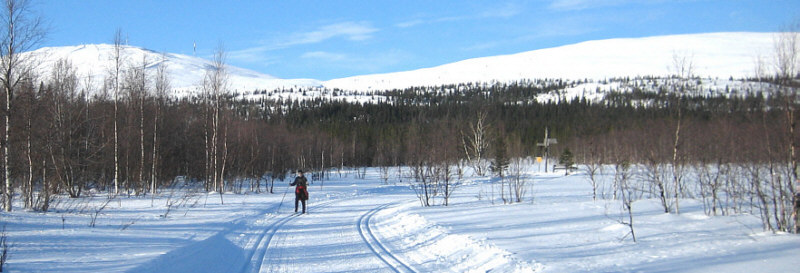
 Some time ago a letter in New Scientist encouraged everyone to
blow soap bubbles in cold climates. The promise was for particularly beautiful forms when the temperature
drops below -28°C: "Catching these frozen bubbles is near impossible, as they are fragile in the extreme.
[...] no one who has done this would not be impressed by the beauty of their colours."
Some time ago a letter in New Scientist encouraged everyone to
blow soap bubbles in cold climates. The promise was for particularly beautiful forms when the temperature
drops below -28°C: "Catching these frozen bubbles is near impossible, as they are fragile in the extreme.
[...] no one who has done this would not be impressed by the beauty of their colours."
Helsinki is usually far too warm for such experiments but on a recent trip to Lapland we were delighted to see it was -32°C at dawn and quickly rising after that. Perfect conditions for experimentation during a slow lazy breakfast, particularly as our comfort threshold for starting the day's cross-country skiing adventures was around -25°C.
- Yes, it works, but we did not notice any particular change between below and above -28°C. The bubbles burst quite soon after freezing but not like shattering glass, rather much like soapflakes that then float gently downwards. Perhaps our dishwashing liquid is different from the brand that New Scientist recommends. We used Fairy.
- One can also poke at the frozen bubbles and they melt around one's finger like a folding umbrella.
- This is good fun but repeated experiments show that one's hands get progressively colder.
- Our ingeniously designed makeshift bubble generator (seal from plastic drinks bottle + handle obtained by folding plasters of an unknown brand) helped us make the important observation that plaster glue dissolves in dishwashing liquid. For acquiring large sample sizes this is unfortunate, but as an upside, it terminates the experiments before one has to admit that one's hands are too numb to carry on.
- In the end a brisk day out skiing is more effective at raising endorphine levels while also providing certain advantages related to fingertip blood circulation. However, we thoroughly recommend the experiment while waiting for the sun to generate pleasant skiing conditions.
